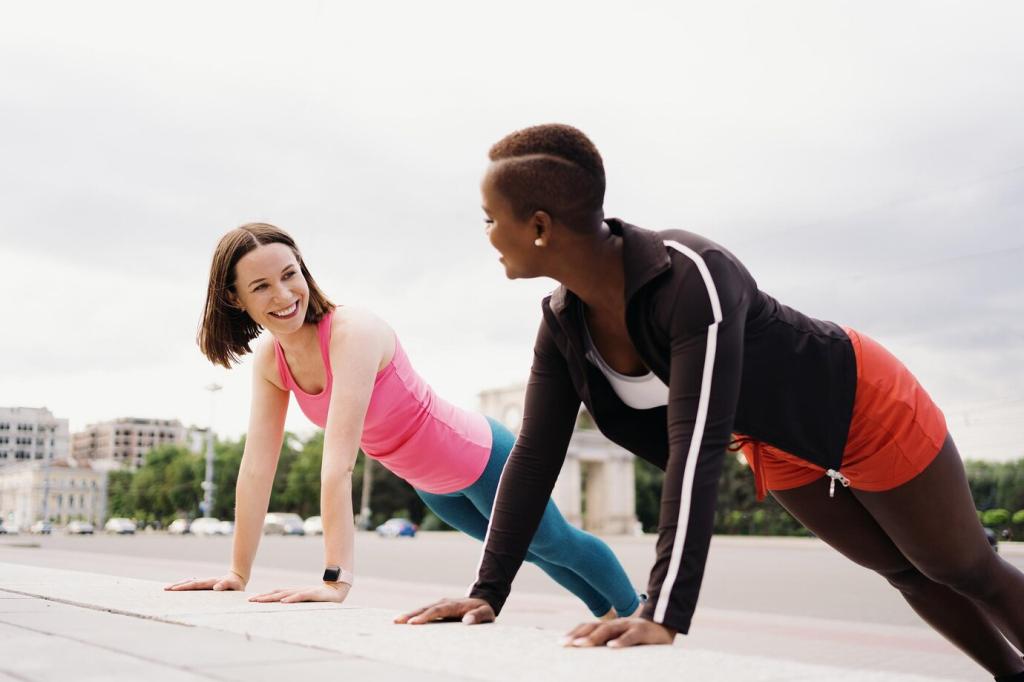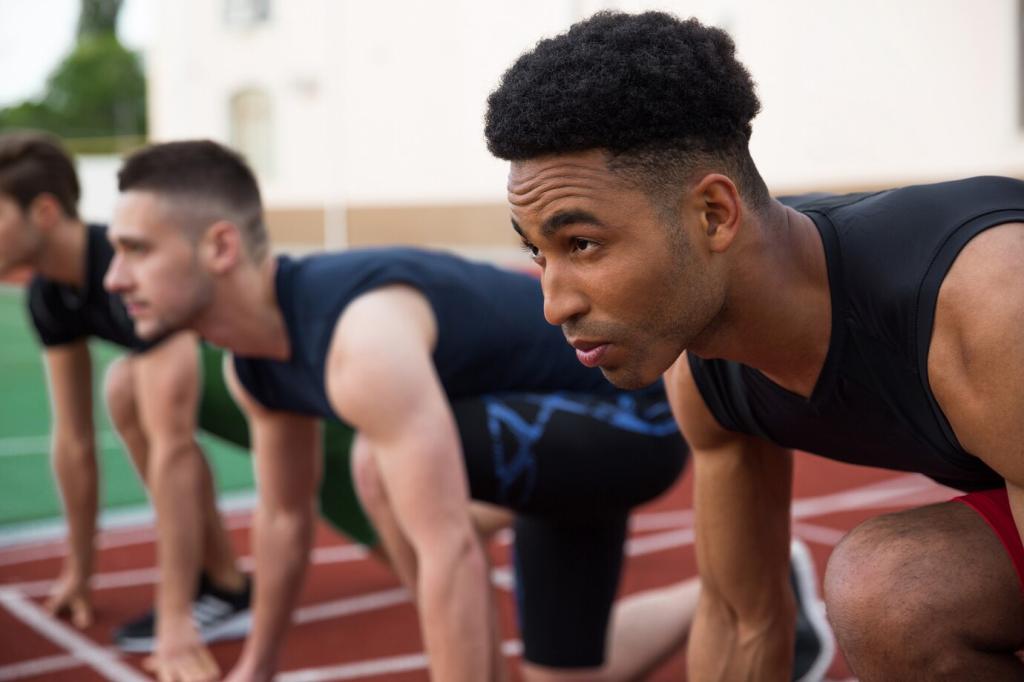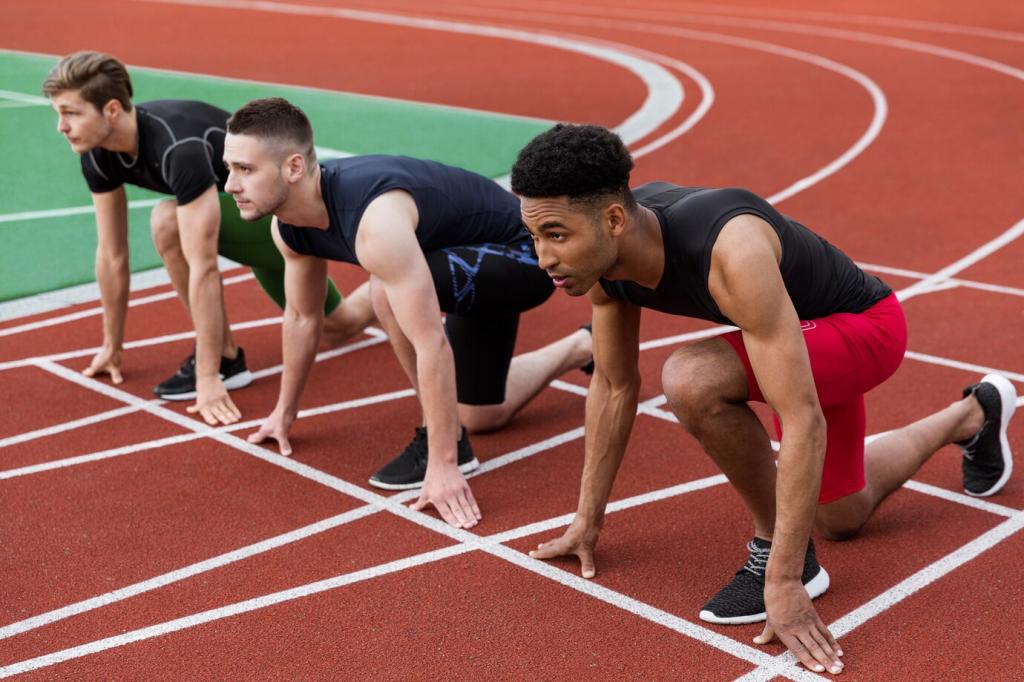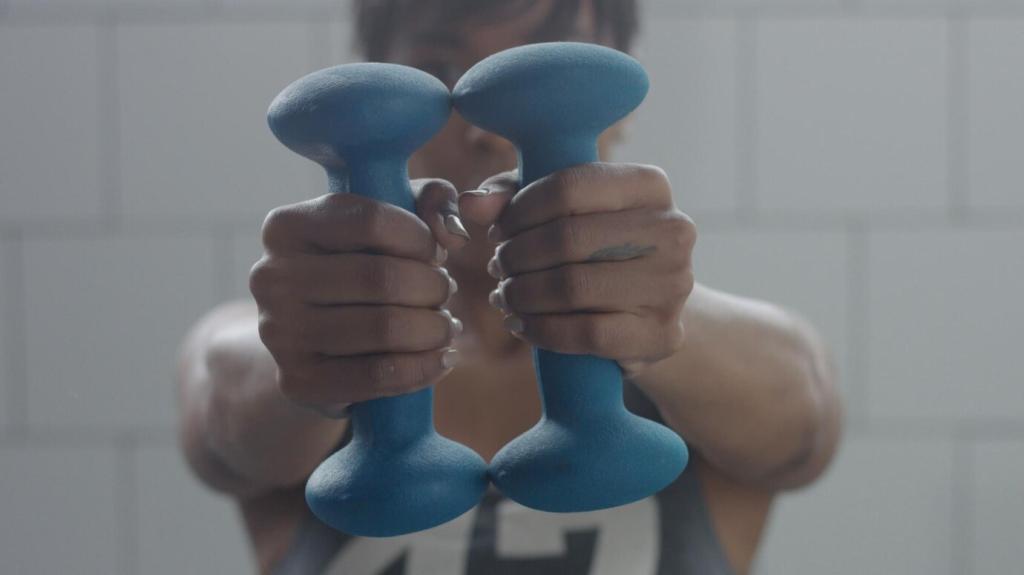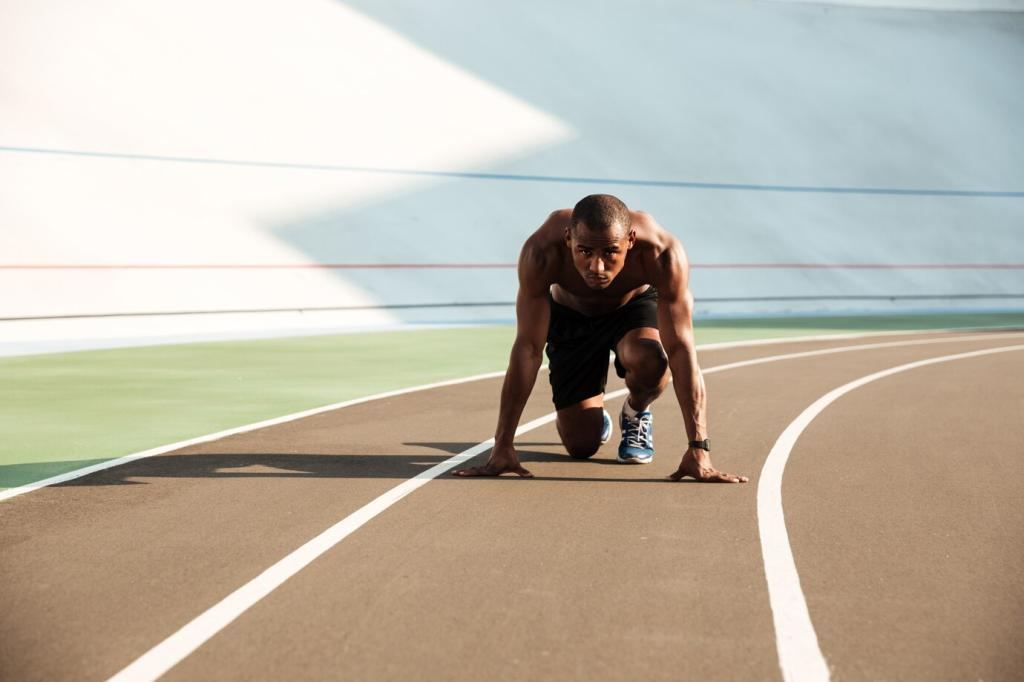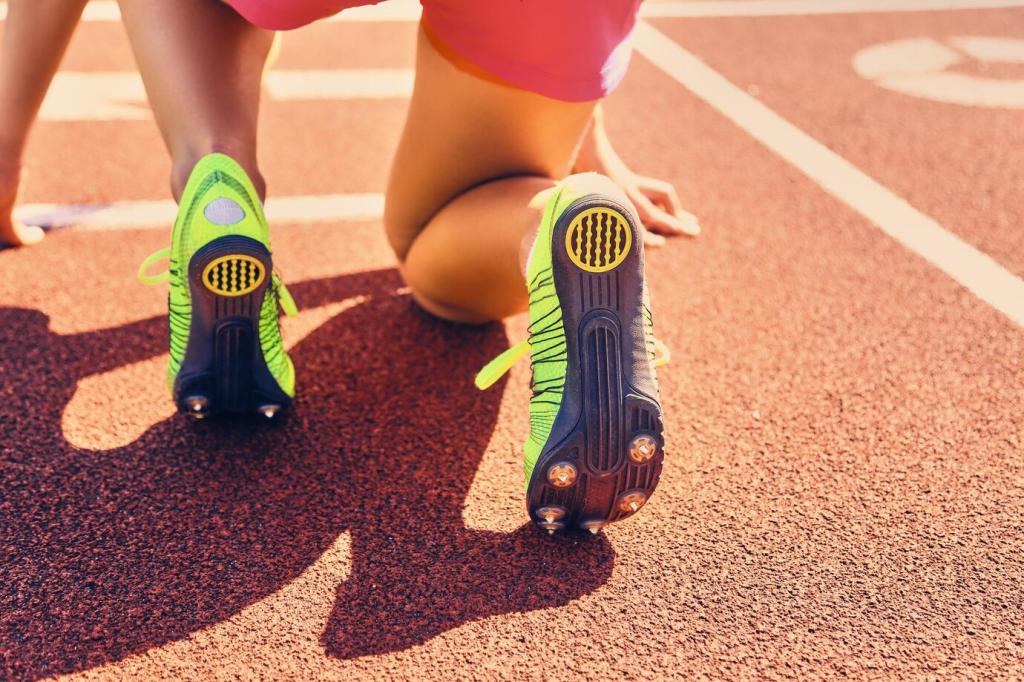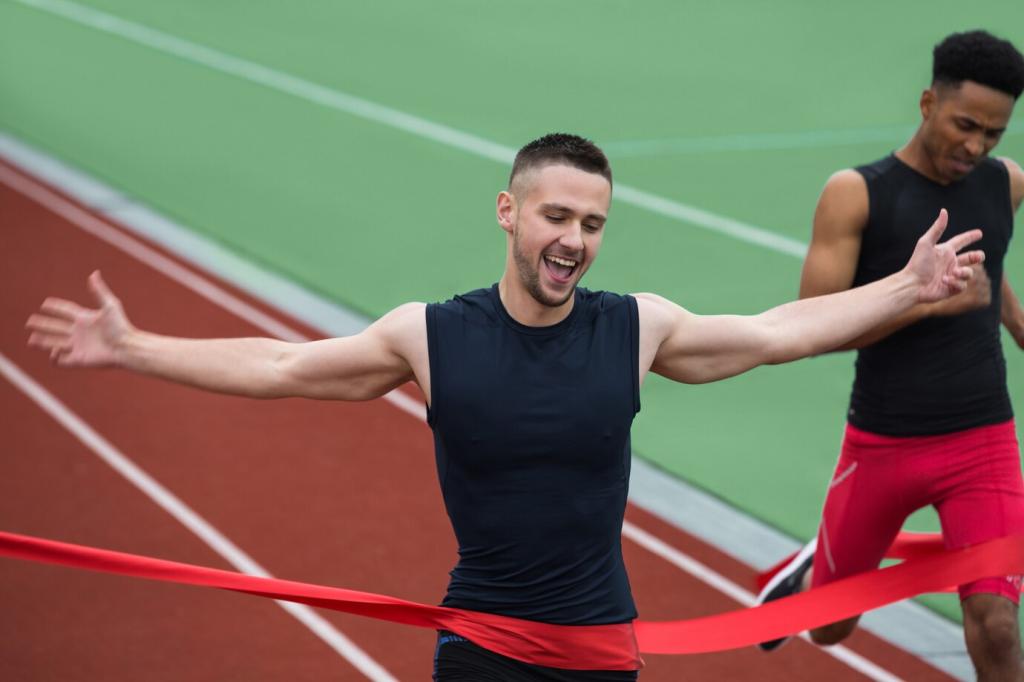Strength as Your Everyday Armor
Nordic hamstring curls and slow-eccentric calf raises toughen fibers that often fail during sprints. One winger, Luis, avoided recurring pulls by adding three short sets twice weekly. Drop your sport and schedule below, and we will suggest an eccentric routine that fits your week.
Strength as Your Everyday Armor
Single-leg squats, step-downs, and anti-rotation holds teach hips and feet to steer knees safely. Aim for quiet knees, stable arches, and a level pelvis. Share a clip of your favorite single-leg drill, and we will offer simple cues to improve alignment.

